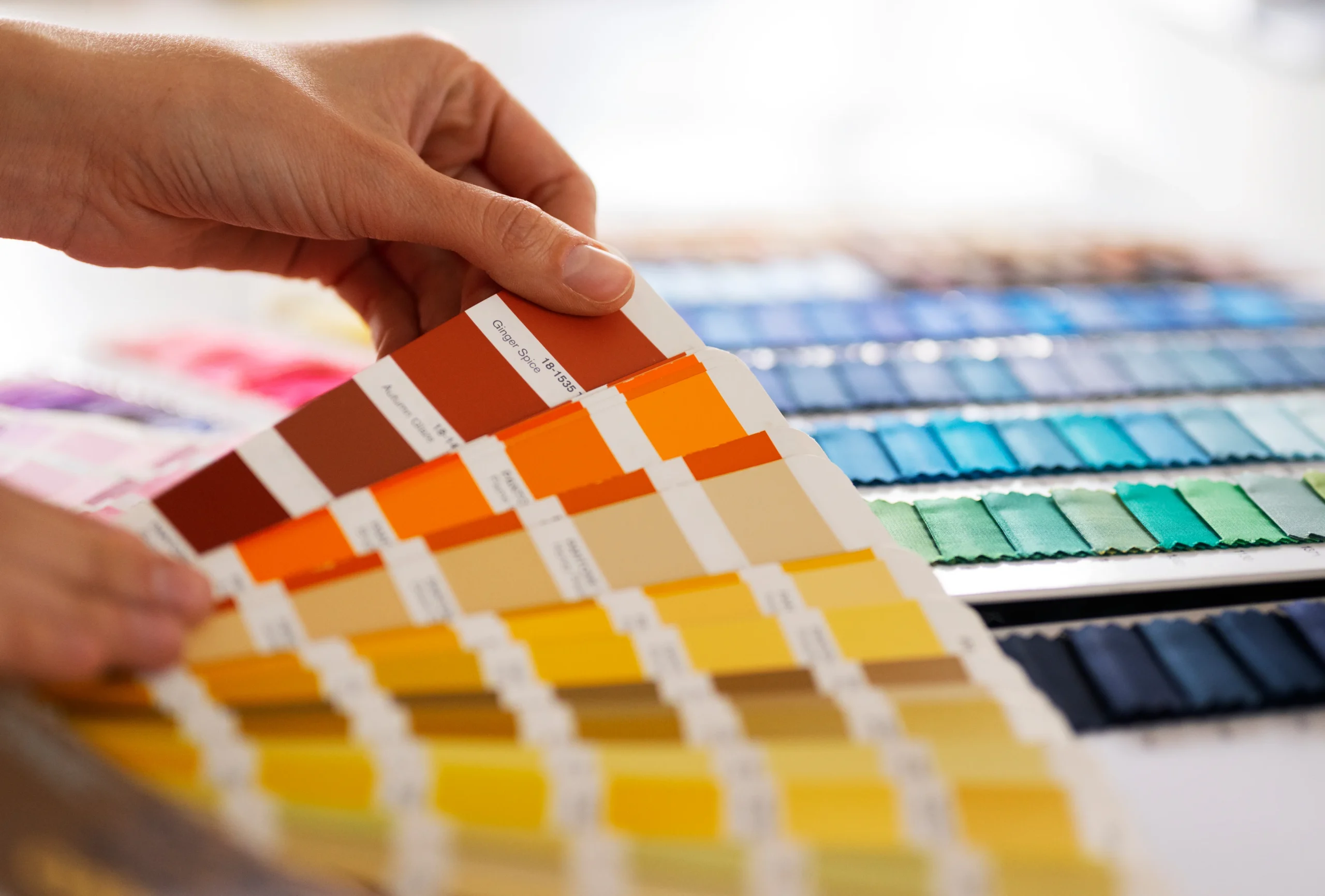You’ve found a paint chip you love at the store, but how will it really look on your walls at home? The single most important factor that influences how a color appears is lighting. The color you see under a store’s harsh fluorescent lights can look completely different in the unique lighting of your own space.
Natural light is dynamic and changes throughout the day, which means your wall color will change with it.
- Morning Light: Tends to be bright and clear with a slightly cool, blueish tint.
- Afternoon Light: Is warmer and can cast a soft, yellowish glow, making colors feel cozier.
- Direction Matters: A north-facing room receives cooler, indirect light all day, which can make colors appear slightly darker and more muted. A south-facing room gets intense, warm light, which can make colors look brighter.
Once the sun goes down, your choice of lightbulbs takes over. Different types of bulbs cast different hues:
- Incandescent Bulbs: Give off a warm, yellow light that enhances reds, oranges, and yellows.
- LED Bulbs: Come in a wide range, from “warm white” (similar to incandescent) to “cool daylight,” which has a blueish tint that complements blues and grays.
- Fluorescent Bulbs: Typically cast a flat, cool light that can wash out warmer colors.
Because of these variations, testing a paint sample is non-negotiable. To do it right:
- Paint a Large Swatch: Don’t rely on a tiny chip. Paint at least a 2×2 foot square on your wall.
- Observe 24/7: Look at the color in the morning, at midday, and at night with your lights turned on.
- Check Different Walls: A color can look different on a wall directly facing a window versus one in a darker corner.


